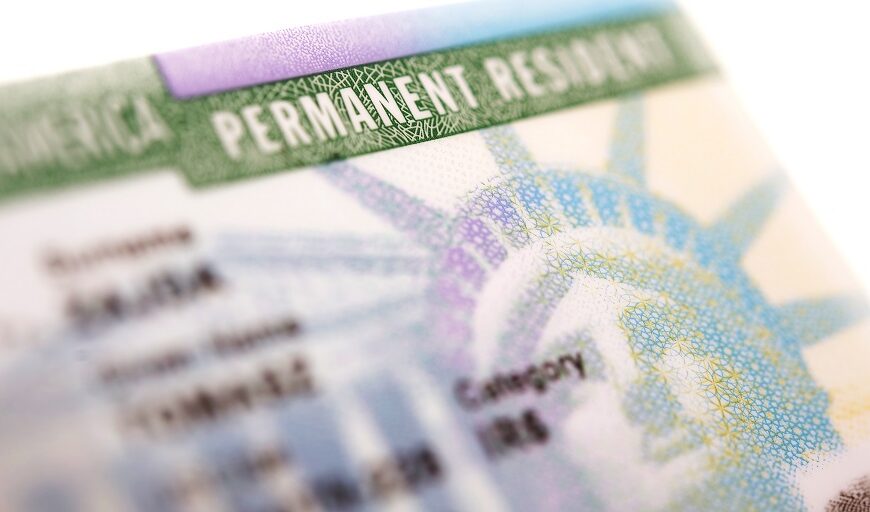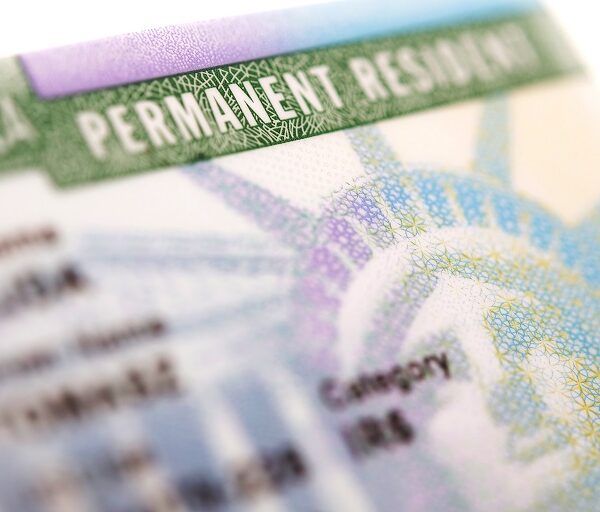Introduction to the Upcoming Changes in Skilled Visa Income Thresholds
As the landscape of immigration continues to evolve, significant changes are on the horizon for skilled workers wishing to settle in Australia. Starting July 1, 2025, the Australian government is set to implement increased income thresholds for various skilled visa categories. This shift is crucial for both employers and prospective employees, impacting the ability to secure sponsorship and encouraging higher wage offerings in specific sectors.
Understanding the New Income Thresholds
The new income thresholds will apply to several skilled visa subclasses, including the Temporary Skill Shortage (TSS) Visa (subclass 482) and the Employer Nomination Scheme (ENS) (subclass 186). The changes will not only affect new applicants but also current visa holders seeking to extend their stay or transition to permanent residency.
What Are the New Income Requirements?
From July 1, 2025, the income thresholds for skilled visas will increase. The specific figures have yet to be finalized, but the following points highlight the key aspects:
1. Base Salary Increase: The minimum salary level for the TSS and ENS visas is expected to rise significantly. This adjustment is aimed at ensuring that the wages offered to skilled workers align with the cost of living and market rates in Australia.
2. Annual Wage Review: The income thresholds will be reviewed periodically to keep pace with the economic landscape, potentially leading to further increases beyond 2025.
3. Industry-Specific Adjustments: Certain industries may see higher income thresholds based on demand for skilled labor and the economic conditions affecting those sectors.
Who Will Be Affected by These Changes?
The increase in income thresholds will impact various stakeholders in the immigration process:
The Rationale Behind the Increase
The Australian government has outlined several reasons for increasing the skilled visa income thresholds:
1. Economic Growth: By raising the income requirements, the government aims to attract highly skilled workers who contribute significantly to the economy.
2. Cost of Living Adjustments: As living costs in Australia continue to rise, ensuring that skilled workers receive a fair wage is vital for their integration and success.
3. Labor Market Dynamics: The changes reflect the need for a responsive immigration system that adapts to the evolving labor market conditions and demand for skilled labor.
Preparing for the Changes
With the implementation date set for July 1, 2025, it is essential for both employers and skilled workers to begin preparing for the upcoming changes. Here are some steps to consider:
For Employers:
For Skilled Workers:
Conclusion
The upcoming changes to skilled visa income thresholds starting July 1, 2025, represent a significant shift in Australia’s immigration policy. These adjustments seek to ensure that skilled workers are compensated fairly for their contributions to the economy while also providing employers with the opportunity to attract top talent.
As the deadline approaches, both employers and prospective employees must be proactive in their preparations. By understanding the implications of these changes and adjusting their strategies accordingly, stakeholders can navigate the evolving immigration landscape effectively.
The rise in skilled visa income thresholds is a critical development that underscores the importance of adapting to economic conditions and ensuring fair compensation for skilled labor in Australia.







